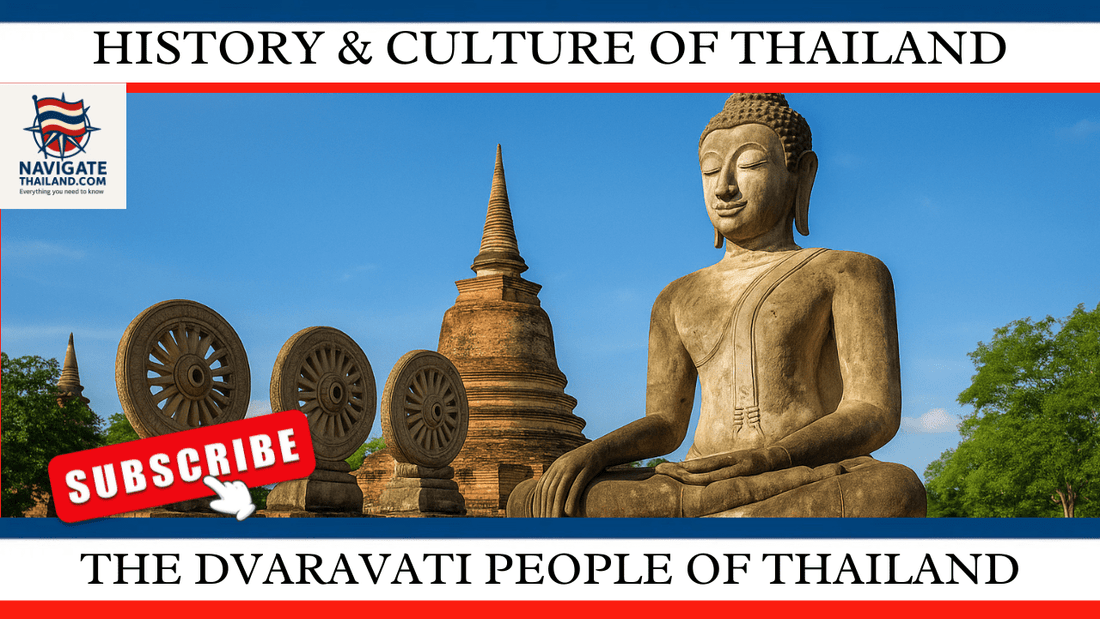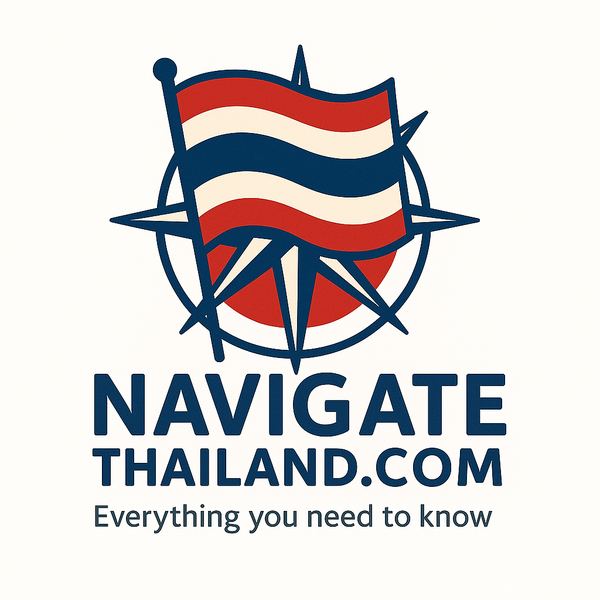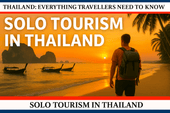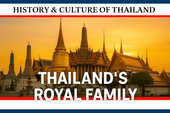
The Dvaravati People of Thailand: Tracing the Buddhist Roots of Thai Culture
Share
Long before Thailand emerged as the nation we know today, an ancient civilization called the Dvaravati laid the spiritual and artistic groundwork for Thai identity. Known for their devotion to Theravada Buddhism, impressive stupas, and distinctive artistic style, the Dvaravati people played a pivotal role in shaping Thailand’s cultural DNA.
For travellers with a passion for history or anyone curious about the deeper origins of Thai society, the story of the Dvaravati offers an extraordinary journey into Southeast Asia’s ancient past.
🕰️ Who Were the Dvaravati People?
The Dvaravati were a Mon-speaking society that flourished between the 6th and 11th centuries CE in what is now central Thailand. Heavily influenced by Indian culture and Buddhism, they settled along the fertile Chao Phraya River basin, an ideal trade location linking India, China, and Southeast Asia.
Although eventually absorbed by the rising Khmer Empire, the Dvaravati left a lasting legacy in religion, architecture, and art that continues to resonate in Thai culture today.
Fun Fact: The word “Dvaravati” comes from Sanskrit and means “Land with Gates”—a reference to the fortified city-states that made up this ancient civilization.
🌊 Origins and Influences
The Dvaravati’s strategic riverine location made them a crossroads of commerce and ideas. Indian merchants and missionaries brought Theravada Buddhist teachings, spiritual art, and architectural styles that were embraced and adapted by the Dvaravati.
Their early adoption of Theravada Buddhism helped anchor the faith in the region—making Thailand one of the oldest Theravada Buddhist countries in the world.
Fun Fact: Dvaravati dharmachakras, or “wheels of law,” were among the earliest Buddhist symbols in Thailand and remain iconic markers of the civilization’s spiritual impact.
🛕 Culture and Religion in the Dvaravati Period
The Dvaravati civilization revolved around a network of city-states such as Nakhon Pathom, U Thong, and Lopburi. Though politically independent, these cities shared a spiritual and cultural cohesion rooted in Theravada Buddhism.
Religion and Symbols
- The dharmachakra (wheel of law) was a core religious symbol.
- Stupas were built in circular or square formations, representing the Buddhist cosmos.
- Buddha statues depicted serene meditative poses, symbolizing peace and compassion.
Fun Fact: Many Buddha statues from the Dvaravati period show the “abhaya mudra” hand gesture—signifying peace, reassurance, and protection.
🏛️ Dvaravati Art and Architecture
Dvaravati artisans created some of Thailand’s earliest Buddhist art—notably:
- Carved stone and bronze Buddha images
- Terracotta reliefs depicting daily life and spiritual rituals
- Stupas that were later expanded or remodeled by the Khmer and Thai kingdoms
Their style was marked by simplicity and spiritual serenity, contrasting with the later grandeur of Khmer or Sukhothai art.
🌏 Trade and Global Connection
Thanks to their access to maritime and river routes, the Dvaravati thrived as regional trade centers, exporting:
- Pottery
- Salt
- Textiles
And importing luxury goods such as:
- Silk
- Spices
- Precious stones
Trade also facilitated the spread of Buddhism, art, and technology, blending foreign and local elements into a distinctive Dvaravati identity.
⚔️ The Khmer Takeover and Dvaravati Decline
By the 11th century, the powerful Khmer Empire expanded westward, absorbing Dvaravati city-states. Cities like Lopburi were transformed into Khmer strongholds, blending Hindu and Mahayana Buddhist influences with existing Dvaravati structures.
Yet the Dvaravati’s Buddhist legacy endured, eventually resurfacing in the Thai kingdoms of Sukhothai and Ayutthaya.
Fun Fact: Lopburi still features a mix of Dvaravati and Khmer architecture, offering a rare look at Thailand’s layered cultural heritage.
🧭 Dvaravati Influence on Thai Culture Today
From spiritual beliefs to aesthetic traditions, Dvaravati influence is woven into Thai society:
- Theravada Buddhism became Thailand’s dominant faith
- Stupa design and Buddha iconography evolved from Dvaravati templates
- Early religious structures inspired later masterpieces in Sukhothai and Ayutthaya
Their imprint lives on in temples, museums, and historical parks across Thailand.
🧳 Visiting Dvaravati Heritage Sites in Thailand
Planning to explore Dvaravati history on your next trip? Here are top spots to visit:
📍 Nakhon Pathom – Home to Phra Pathom Chedi, one of Thailand’s most important religious monuments with ancient Dvaravati roots.
📍 U Thong (Suphan Buri) – Archaeological site rich in terracotta sculptures, dharmachakras, and settlement ruins.
📍 Lopburi – Blends Dvaravati and Khmer heritage. Visit Prang Sam Yot for a glimpse into its layered history.
📍 Kamphaeng Phet – A UNESCO World Heritage Site preserving early Buddhist relics and city layouts.
📍 Bangkok National Museum – Houses an impressive Dvaravati collection including statues, reliefs, and dharmachakras.
Fun Fact: Phra Pathom Chedi is considered the spot where Buddhism first arrived in Thailand—making it both a religious and historical pilgrimage site.
🙏 Conclusion: Ancient Roots, Living Legacy
The Dvaravati civilization may not appear on modern maps, but its presence is felt in Thailand’s art, spirituality, and sense of identity. By introducing Theravada Buddhism, shaping early architecture, and crafting timeless artwork, the Dvaravati laid a foundation that continues to influence Thai life today.
Whether you’re a history buff or a curious traveller, discovering Dvaravati heritage is a rewarding dive into Thailand’s ancient soul.
Read more of our Thailand blog series:
Thai Food Guide:Traditional Recipes and Street Eats
Everything Travellers Need to know
Thailand travel ebooks and language guides
Thailand Travel Apparel & Souvenir Gifts
Subscribe to our YouTube channel Navigate Thailand to see our most popular Thailand travel blogs turned into videos:
Navigate Thailand YouTube channel
















































































































































